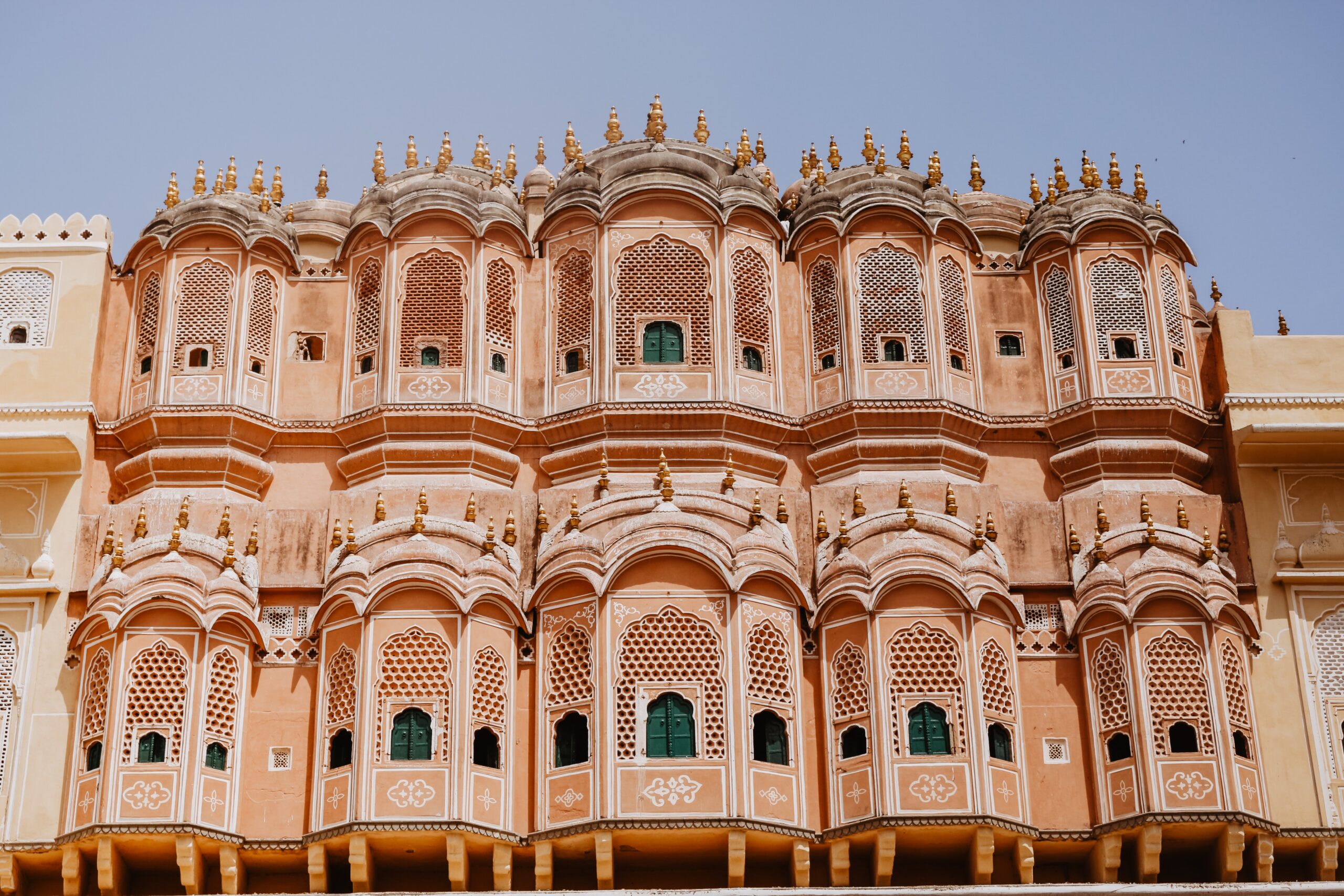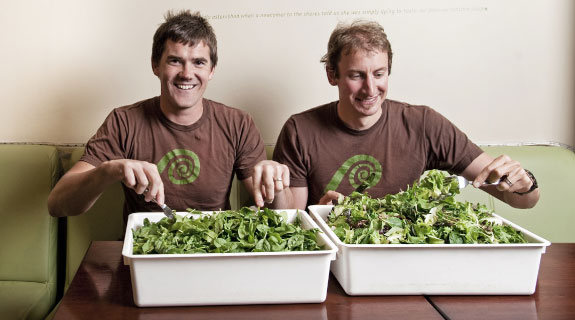Rod Oram loves Wairoa.
If a small town halfway to Gisborne is thinking about its carbon branding, why not the rest of the country? Rod Oram visits Wairoa
 “We reckon we’re carbon neutral,” someone tells me. Excellent! But strange. This isn’t a party in Ponsonby. It’s a meeting of local politicians in Hawke’s Bay. The speaker looks like a retired sheep farmer.
“We reckon we’re carbon neutral,” someone tells me. Excellent! But strange. This isn’t a party in Ponsonby. It’s a meeting of local politicians in Hawke’s Bay. The speaker looks like a retired sheep farmer.
“I’m Les Probert, Mayor of Wairoa. Do you know where Wairoa is?” he asks. “Yes,” I reply, playing for time. “Up the coast from here.” (Or is it down, I’m wondering nervously.)
“Right. Halfway to Gisborne. We’ve got plenty of trees and very few people. So that’s why we think we’re carbon neutral. We’ve got Landcare Research looking at it for our economic summit in October. Would you like to come and chair it?”
Les’s invitation in May was just the antidote I needed. The debate over the Emissions Trading Scheme (ETS) was getting more depressing by the day. Business New Zealand, Federated Farmers, the Greenhouse Policy Coalition and the Major Electricity Users Group, aided and abetted by the National Party, were resorting to ever-more dismal and dishonest arguments to emasculate emissions and renewable energy legislation.
Where was the optimism, the sense of unprecedented opportunity for New Zealand in this vastly changing world? In very scant supply. Only in the fast and furious final stages of the debate did the NZ Business Council for Sustainable Development overcome its internal politics to deliver ample evidence of the upside.
I gratefully accepted Les’s invitation. Why can’t the rest of the country be like Wairoa, I found myself thinking over the following few months. Where’s the ambition? The world view?
The ETS finally became law three weeks before Wairoa’s summit. I heard the news while travelling through South America looking at New Zealand-owned dairy farms. PGG Wrightson says it is already the single largest dairy farmer on the continent, after barely three years of investment. As Kiwis are discovering, South America is one of the world’s future leaders in dairy production. It is absolutely right that New Zealand Inc is investing in those huge opportunities.
But what will that leave us doing back home? When good dairy land is $900 a hectare northwest of Brasilia and $50,000 in the Waikato, yet the milk price paid to farmers is virtually the same, it sounds like time for new business models.
How about ones that engage with the environment?
For centuries people have managed their businesses by measuring solely the financial flows through them. But start valuing and managing the environmental flows, and good things happen. These new disciplines encourage better technology, drive greater efficiency, build stakeholder commitment and create new value.
So, with a great sense of anticipation, I bowled up early one gorgeous spring morning at Wairoa’s War Memorial Hall for the district’s two-day Sustainable Development Summit. The place was decked out with local art works for sale, plenty of potted plants, new carpet and food from local catering students.
It was obvious from the outset that Wairoa has a great sense of place and community, a great belief in sustainability in all its forms. Thus, giving and social commitment were the first items on the agenda.
Selwyn, a truckie from the Trucking for Hawke’s Bay Child Cancer Charitable Trust, spoke of its $1.8 million project to build Little Elms, a respite care and family accommodation centre.
Then Sonya Smith, manager of the Gaiety theatre and cinema that survived the 1931 earthquake, spoke of its Maori Film Festival and other cultural contributions. She wants to raise $50,000 for a digital projector so local people can see their film-making and story-telling on the big screen.
Dale Williams, mayor of Otorohanga, told of his town’s skill training programmes, a model being widely adopted around the country.
Doug Farr of Kuaka, a company specialising in environmental and cultural field studies for overseas visitors, spoke of new forms of sustainable tourism; Joe Doherty described the project to develop tourism along the Te Urewera Rainforest Route; and Chris Joblin talked of the new 196 kilometre multi-sport race around Lake Waikaremoana and down to Wairoa.
Day two was just as full of highs. Forestry, Maori and conservation leaders, both national and local, spoke of their big plans.
Of many factors underpinning their optimism, three will strike chords throughout New Zealand:
- Trends in world markets are ever more favorable for some of our exports, such as products from sustainable plantation forests.
- Recent success gives people confidence to tackle bigger goals.
- Communities are finding better ways to work together. One example is the Tairawhiti Development Partnership, formed by the Wairoa and Gisborne councils in 2000 to further economic development in the region.
The day, though, was punctuated by a massive low.
Con Williams, an economist from Meat & Wool New Zealand, said the ETS would likely bankrupt most sheep farmers within a decade, based on business as usual. Yet business is never usual, particularly in these turbulent and transforming times. For the brave and bold, there are plenty of opportunities to seize.
As Robyn Sinclair presented Landcare’s analysis of Wairoa’s carbon balance sheet, a sense of excitement built among the delegates.
When she declared that Wairoa is massively carbon negative, with trees absorbing far more gasses than farming and other activities generate, the crowd broke into loud, sustained applause. This, they knew, was a new way to make money.




